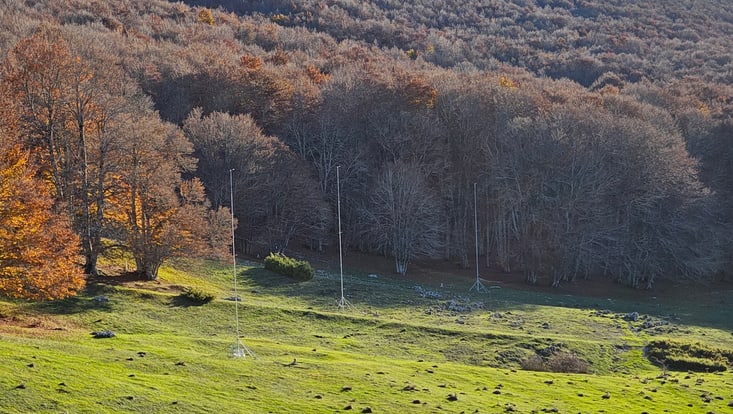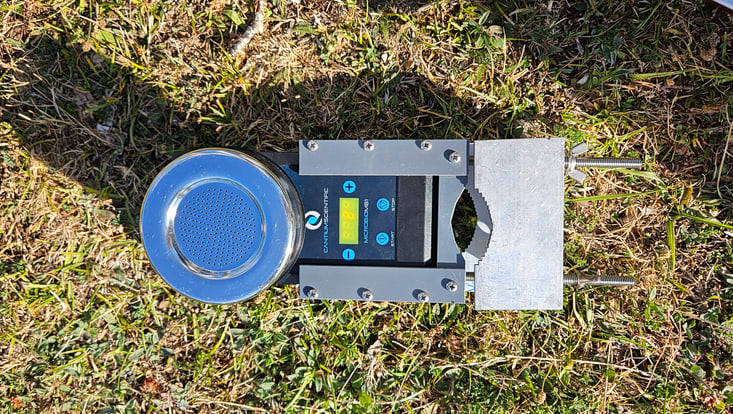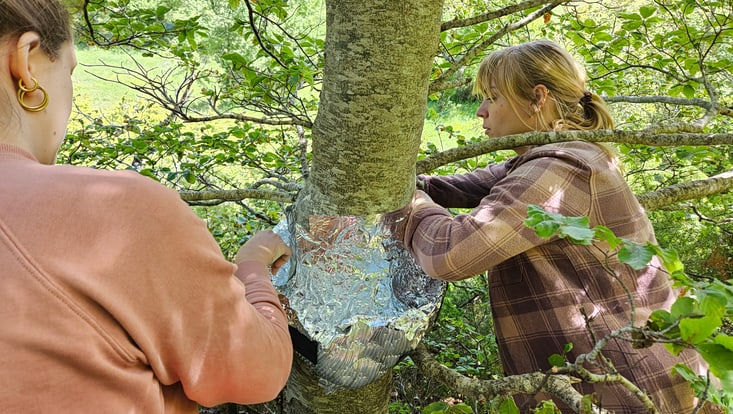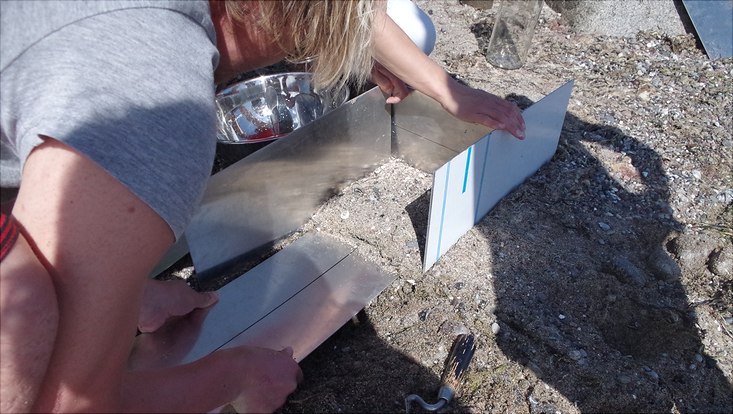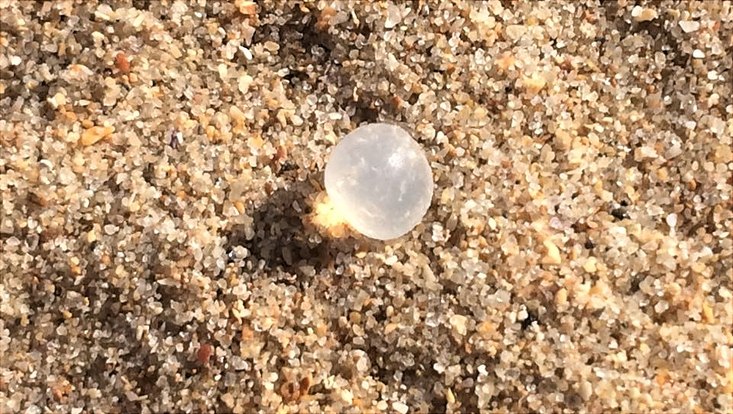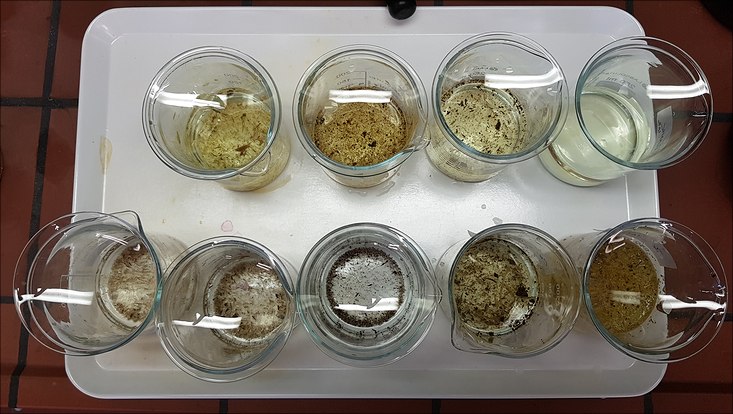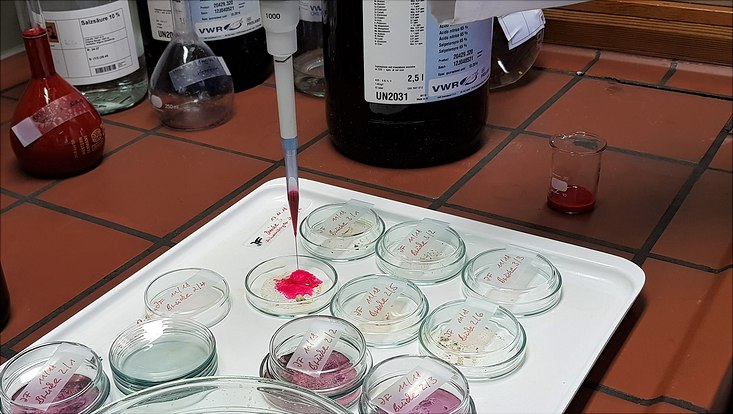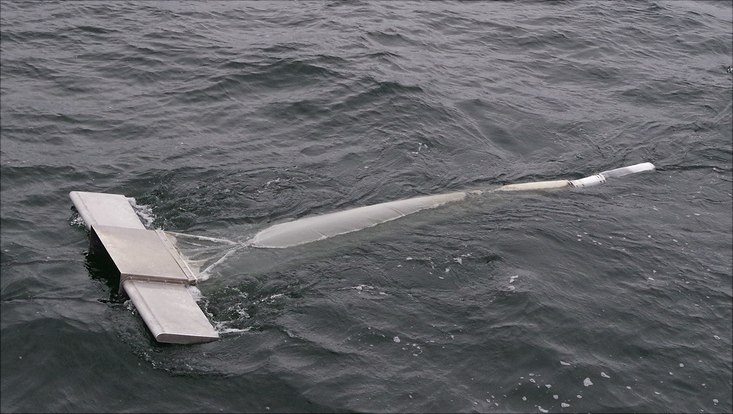MRC—Microplastic Research at CEN
Since 2011, the research group has been working on several projects to investigate environmental contamination caused by macro- and microplastics in various ecosystems. This includes marine, fluvial, limnic, and terrestrial ecosystems and their compartments: water (e.g., surface layer and water column), sediments (beach/shoreline sediments and lake bed sediments), biota (invertebrates and fish), vegetation, soil, and atmosphere. Throughout, the group has established, tested, and further developed new methods of sampling, sample preparation, and polymer determination.
Ongoing and completed projects:
- HELCOM - Regional Action Plan for Marine Litter in the Baltic Sea: Implementation of actions addressing ALDFG and other fisheries related litter actions and further development of marine litter indicators. Subtask riverine litter monitoring evaluation, monitoring protocols on microlitter in invertebrates (Helsinki Commission, Swedish Agency for Marine and Water Management (SwAM), ongoing)
- Analysis of microplastics in coastal and offshore sediments of the North Sea for method development and validation, project area Tonne 3 (Hamburg Port Authority (HPA), ongoing)
- MPForest: Retention of microplastic and microplastic-associated carbon in forest ecosystems of varying stand densities and altitudes (DBU, 2023-2026)
- HELCOM BLUES: HELCOM biodiversity, litter, underwater noise and effective regional measures for the Baltic Sea. A3 - Support for, and harmonisation of, regional work on Descriptor 10 (marine litter), microlitter monitoring development (DG Environment, European Commission, MSFD)
- MICROLIM: Matter Budget of Microplastics in Limnic Ecosystems: Sources, Flow Paths and Sinks of Microplastic Particles in the Model Catchment Area of Lake Tollense, Mecklenburg-West Pomerania (DFG, 2019–22)
- Microplastics in Biota of the Wadden Sea along the Coast of Lower Saxony (Lower Saxony Water Management, Coastal Defence and Nature Conservation Agency, (NLWKN), 2019–20)
- Microplastic Abundance in Atmospheric Deposition within the Metropolitan Area of Hamburg (since 2017)
- Microplastics in Biota of the Wadden Sea of Schleswig-Holstein (GM Schleswig-Holstein, 2018-2019)
- Mikroplastikbelastung von Oberflächen- und Tiefenströmungen in der dänischen Südsee (SPMicro, 2016-2017)
- Makro- und Mikroplastik in Strandsedimenten auf der Halbinsel Wittow, Rügen (Cooperation with Landesamt für Umwelt, Naturschutz und Geologie Mecklenburg-Vorpommern, 2014-2016)
- Microplastics in Sinking Particulate Matter of the Inner Sea in the Maldives (Cooperation with the Institute of Geology at Universität Hamburg)
- Development and Evaluation of Sampling and Laboratory Methods
- Individual projects and screening studies

